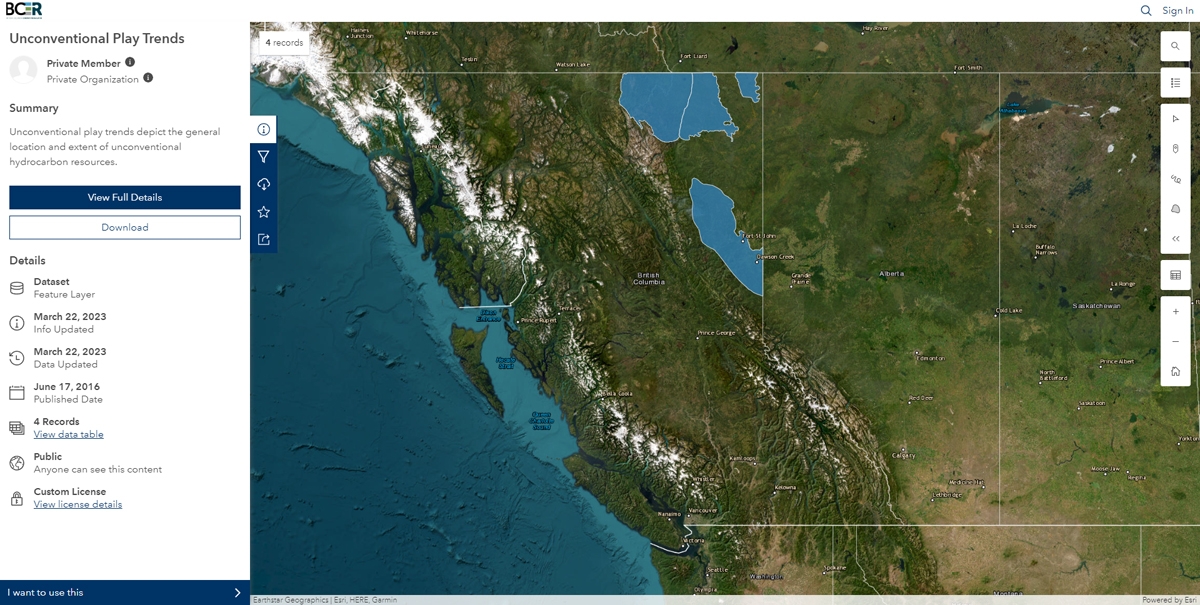The BCER regulates oil and gas activity and is responsive to changes in activity levels, in order to protect the integrity of B.C.’s environment and water resources. As technology evolves, average reserves per new well continues to increase, enabling drilling to replace and increase production with fewer new wells and less disturbance than with conventional wells. These interactive graphs show past activity levels of drilling and production in northeast B.C., the location of oil and gas activity in the province.
Activity levels and production were relatively stable for a decade prior to 2003, due to several factors including Deep Basin development followed by horizontal unconventional development. In the early 2000s, the expansion of horizontal drilling with hydraulic fracture stimulation created a significant new supply of gas. Between 2003 and 2006, drilling activity reached record levels, with 1,300 gas wells drilled in 2006.
Montney development began in earnest in 2005, followed by Liard Basin development in 2008 and Horn River development in 2010. In 2021, production in the Liard Basin was suspended and further development of the Horn River Basin has ceased due to high operating costs, resulting in steadily declining production.
Annual natural gas production in B.C. has risen 28 per cent in the last five years, and 136 per cent since 2005. Ongoing development of the Montney is the largest contributor to gas production volumes in the province. At the end of December 2021, of the 8,731 producing wells in the province, 4,481 wells were producing from the Montney formation. The proportion of wells producing from the Montney has risen from 13 per cent in 2005 to 87 per cent in 2021, and continues to climb as more wells are drilled. Some portions of the Montney have significant hydrocarbon liquid volumes associated with the natural gas. As a result, production of liquified petroleum gas (LPG) and condensate increased significantly.
The Montney contains 91 per cent of the province’s remaining raw gas reserves and contributed 86.9 per cent of the province’s 2021 production. The Montney continues to dominate drilling activity, production and reserves growth.
- Production volumes are submitted monthly through PETRINEX and are due the 21st day of the following month of production.
- Data is based on industry submissions and is subject to change in response to new or updated submissions.
Where are B.C.'s hydrocarbon resources?
Northeast B.C. is part of a geologic area called the Western Canadian Sedimentary Basin, which also extends through Alberta and Saskatchewan. The site of a vast sea millions of years ago, this basin is rich in oil and gas deposits in sedimentary rock layers at various depths from several hundred to several thousand meters below the surface. The B.C. portion of this basin contains mostly natural gas, with limited oil deposits. Gas and oil production in B.C. began in the mid 1950s. Vertical wells targeted highly porous formations which would flow gas and oil. These are now referred to as “conventional resources”. Since around 2005, development activity has been predominantly in “unconventional resources”.
This map depicts the general location and extent of unconventional hydrocarbon resources. Play trends will change over time as knowledge of the resource increases. Current examples of unconventional play trends include the Montney, Liard, Cordova and Horn River Basin plays.
Click on the map below to launch in full view:
